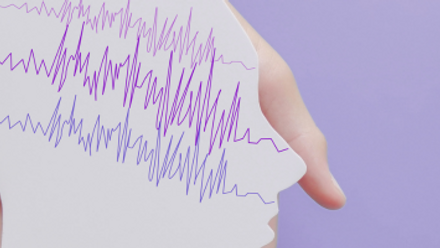Summary
The Intensive Care Society (ICS) and the British Thoracic Society (BTS) have collaborated to produce this document which provides guidance on the standards of care and infrastructure for Specialist Weaning Units (SWUs).
A SWU is an enhanced care area which enables the concentration of multi-professional skills to be delivered to patients with single organ respiratory failure who are invasively ventilated. Patients can be stepped down from critical care units to SWUs where they will receive high quality care to achieve weaning from invasive mechanical ventilation to the least invasive method of respiratory support. Whilst the primary role of these units will be to deliver high quality care; additional benefits will be to reduce pressure on critical care units to help deliver elective recovery.
This document has had wide stakeholder consultation and develops on previous guidance from several professional bodies including the Respiratory Support Unit guidance published by the BTS and ICS in 2021.
The document is comprised of the main text and 11 appendices. Within the main text of the document are quotes from patients and families about their time spent on critical care and on a SWU. The full text can also be found in appendices 1 and 2.
The other appendices in general reflect documents which are in current clinical use and can be adapted for local use.
Summary of key guidance
Patient Cohort
- 5-10% of critically ill patients require respiratory support for more than 21 days and utilise up to 25% of critical care capacity
- Care of such patients is best delivered by a multi-professional team on a SWU which is co-located with a complex home ventilation service
- Patients will usually be tracheostomised and have required Invasive Mechanical Ventilation for at least 3 weeks, though some patient groups will benefit from earlier involvement of the SWU such as patients with pre-existing neuromuscular, respiratory or chest-wall disorders
- Patients will have no ongoing requirement for acute non-respiratory organ support
- Individuals with acute high cervical spine injuries may be managed within a separate specialist spinal injury service
Governance/Safety
- SWUs should have a clear place within the overall management structure of a healthcare organisation
- There should be designated operational, medical, nursing, pharmacy and Allied Health Professional (AHP) clinical leads for the unit
- Each SWU should have an operational policy setting out admission and discharge criteria, workforce and equipment requirements and patient pathways
- SWUs will be co-located with a complex home ventilation service. Within an organisation, this may be part of Respiratory Medicine or Critical Care and there must be close clinical collaboration between the two specialities
- Access to critical care in emergencies must be available 24/7
- A twice daily safety briefing using an appropriate safety checklist (see Appendix 4) should be usual practice
- A robust regular morbidity and mortality (M&M) process must be in place including all inpatient deaths on the SWU and following discharge to other hospital wards or critical care units
- Patients who are weaning from mechanical ventilation and meet the criteria for admission to a SWU should have their care delivered within a designated ward area
Research/Quality Improvement
- Patient and family-centred research and quality improvement activities should be embedded within SWU core activities with involvement from the multi-professional team
- To further inform the evidence base, a SWU core dataset and an end user informed (patient, family members, and multi-professional team) core outcome set should be developed
- Given the relatively small patient numbers managed annually at each SWU, we recommend a collaborative approach to research and quality improvement activities across all UK SWUs
Workforce
- A full multi-professional team will include medical, nursing, physiotherapy, dietetics, occupational therapy, pharmacy, psychology and speech and language therapy
- The multi-professional team will have extensive experience in acute and long-term ventilation
- Workforce provision should reflect local requirements and where available, national guidance for staffing should be followed
- Palliative care input should be available seven days a week
Patient Pathways
- SWUs should provide support to critical care units across a critical care network and beyond. This may include; remote advice on weaning strategies and rehabilitation and on-site assessment at local ICUs as well as transfer to the SWU
- Transfer to the SWU for a period of assessment may also be appropriate and the length of a SWU admission for assessment should be defined prior to acceptance and transfer
- The assessment of patients with complex weaning failure requires a comprehensive review from the SWU multi-professional team
- SWUs may need to repatriate patients who cannot be weaned back to the referring hospital and commissioning pathways should be in place to facilitate this along with local formal agreement to prioritise repatriation transfers within 48 hours
- Local treatment, monitoring and equipment protocols will be developed by SWUs
- Complex discharge planning requires a multi-professional team, a lead for the discharge and close liaison with the complex home ventilation service for patients discharged with ongoing requirements for ventilatory support
- Following discharge there must be clear protocols for readmission and advice for patients including clinical and equipment related issues
- If discharge is to home or an intermediate care facility, the patient’s GP practice must receive a detailed handover of the events during hospital admission, what complications may be anticipated and a list of medications including changes during hospital admission
- Follow up should involve the SWU multi-professional team where patients are discussed and a follow up clinic appointment arranged based on individual patient need



